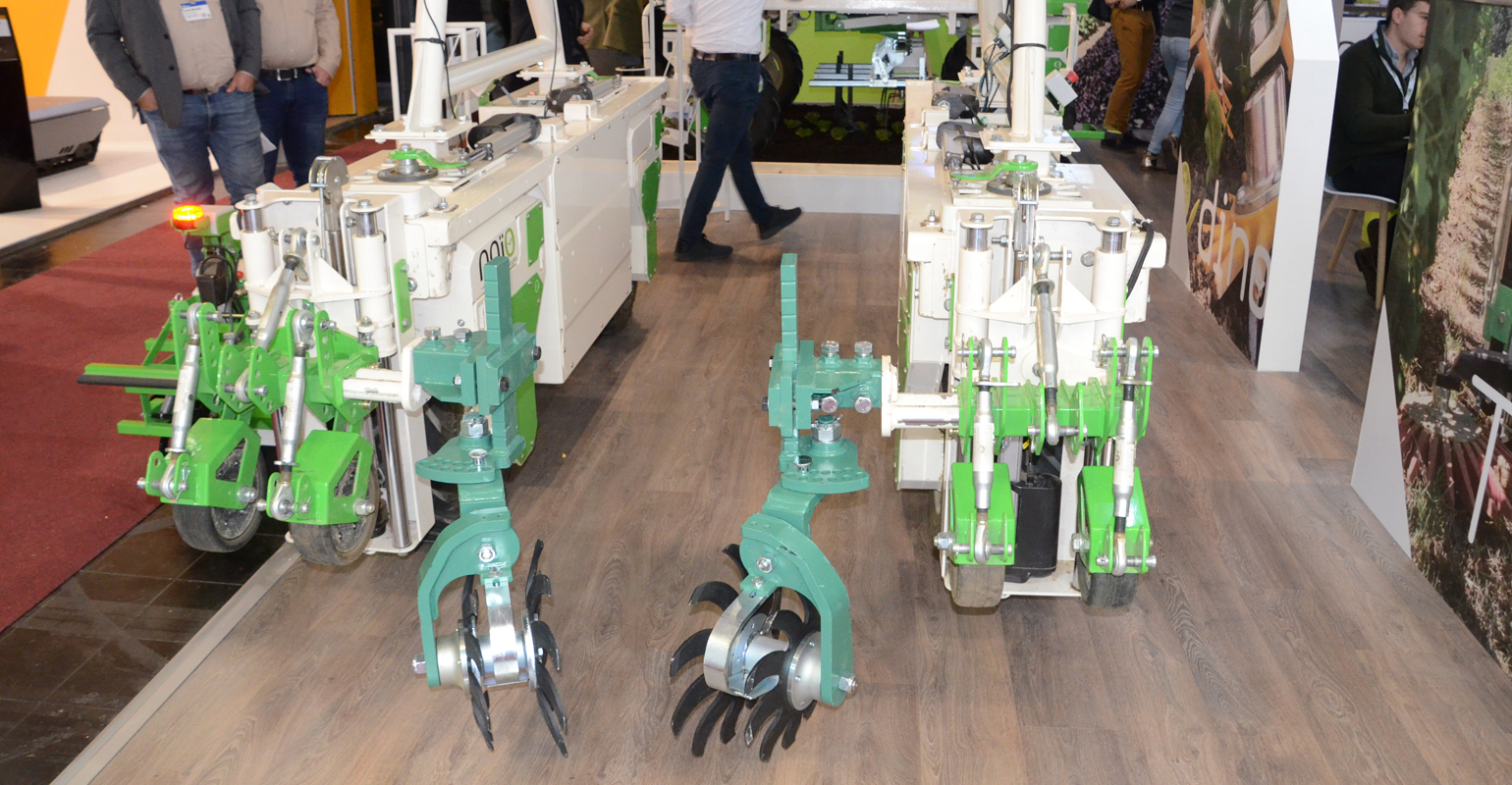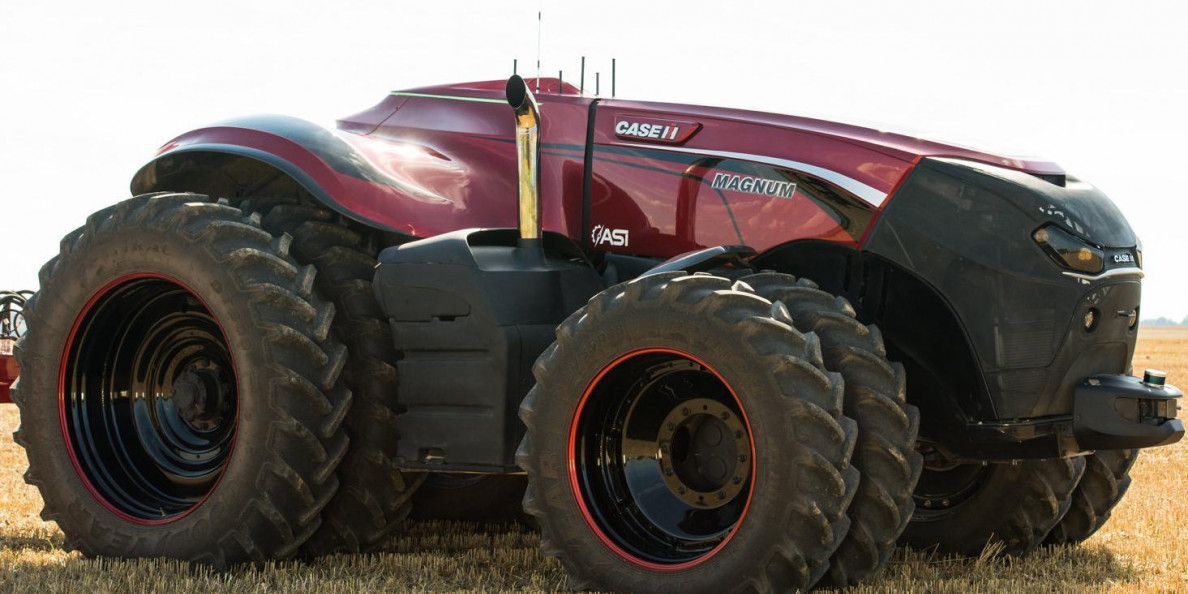There are photos of two autonomous machines accompanying this article. The first may appear familiar, but is, in fact, a John Deere 8R tractor that, when paired with a 2430 chisel plow with TruSet, will till a field with no driver. The second is an autonomous cultivator called Ted, from Naio Technologies in France, designed to cultivate in vineyards.
And you already know about the Raven OmniPower autonomous system that has machines in the field now. Does this mean the age of autonomy is at hand?
Good question.

CLEANER ROWS: The Ted from Naio Technologies in France has come to the United States. The electric machine straddles the trellis row and cultivates down each side to keep weeds out of the row.
There are still logistical issues to figure out. Farmers will find a way if the tech makes sense for their business. And that's the bigger question: Does autonomy make sense?
The push to autonomy is being driven, like many farm innovations, by a lack of labor. Robot cow milkers are on hand 24/7 to keep dairy products moving like a farm factory, with much less on-farm help. Why not tractors?
2 schools of thought
I've spoken to groups about two schools of thought for autonomy — the elephant and the spider. The John Deere 8R is the "elephant" — no insult intended. It is the "conventional" machine made into a robot for a specific task — and when not used for tillage, it's still a tractor a farmer can use for planting, spraying and more.
The second, which Ted typifies, is the "spider," a smaller machine that does a specific job all day as needed, with no operator. Multiple Teds can be put in the field to get the job done.
The key difference is compaction. Smaller machines have less impact on soil, and that may be the ultimate driver of autonomy in the future.
Automated versus autonomous
When talking about these driverless machines, don't use the word "automated"; today, most tractors are, in fact, automated. With their auto end-row turns and other features, it's possible to "drive" a machine, plant an entire field and never touch the steering wheel. The tractor is automated.
It becomes "autonomous" when you can leave the cab, open an app, and hit "go to work" — which you can do with the new autonomous John Deere 8R. The same is true for Naio machines. The French firm has been demonstrating autonomous tools since 2013, and is bringing Ted to the United States in 2022.
Many autonomous machines may be special-purpose — the 8R is tillage only (for now); the Ted is for vineyards. Naio also has the Dino, which works in vegetable crops with a lower profile. The Ted straddles the grape trellis to cultivate between rows.
Where autonomy goes remains to be seen — spiders and elephants will both be put to work, and eventually one will win out, because farming is all about efficiency, and the most efficient tools win.
If driving machines is part of your passion for doing farm work, we don't see that going away any time soon. But if you prefer working in the office and letting the machines do the work? Your time is nearing. We look forward to what the equipment industry has in store.


